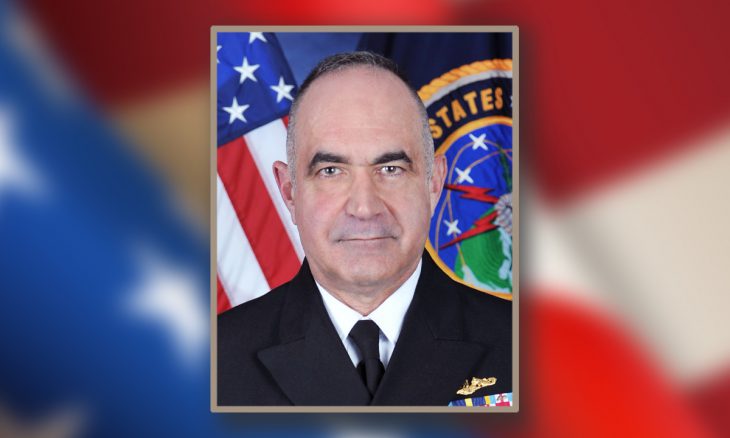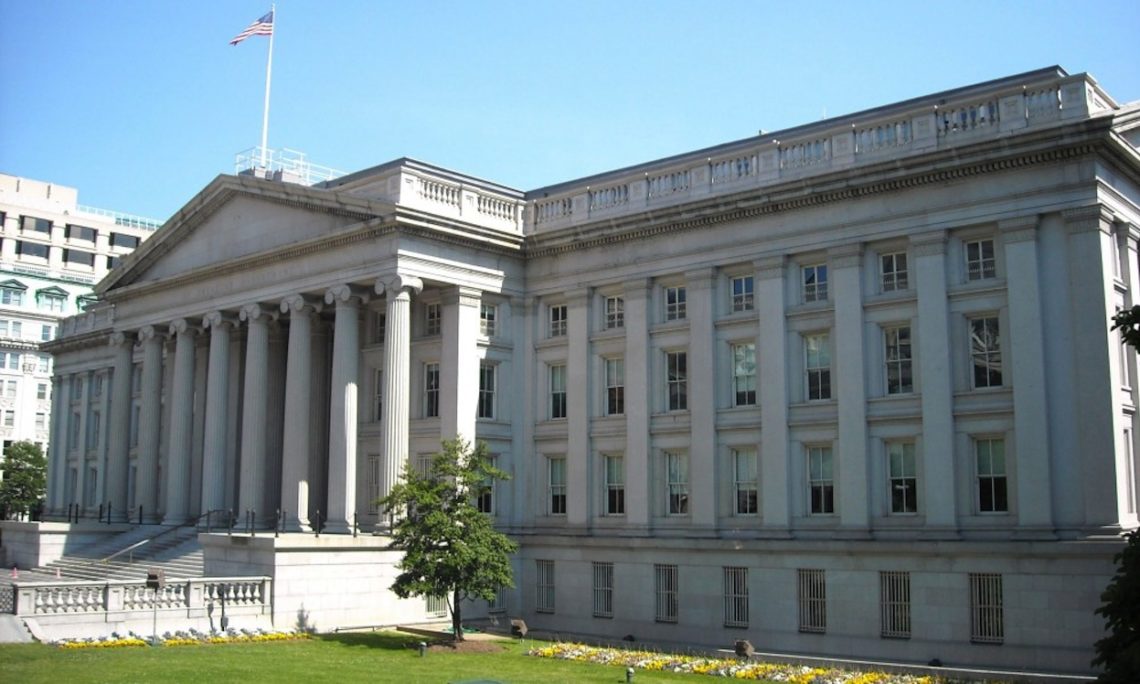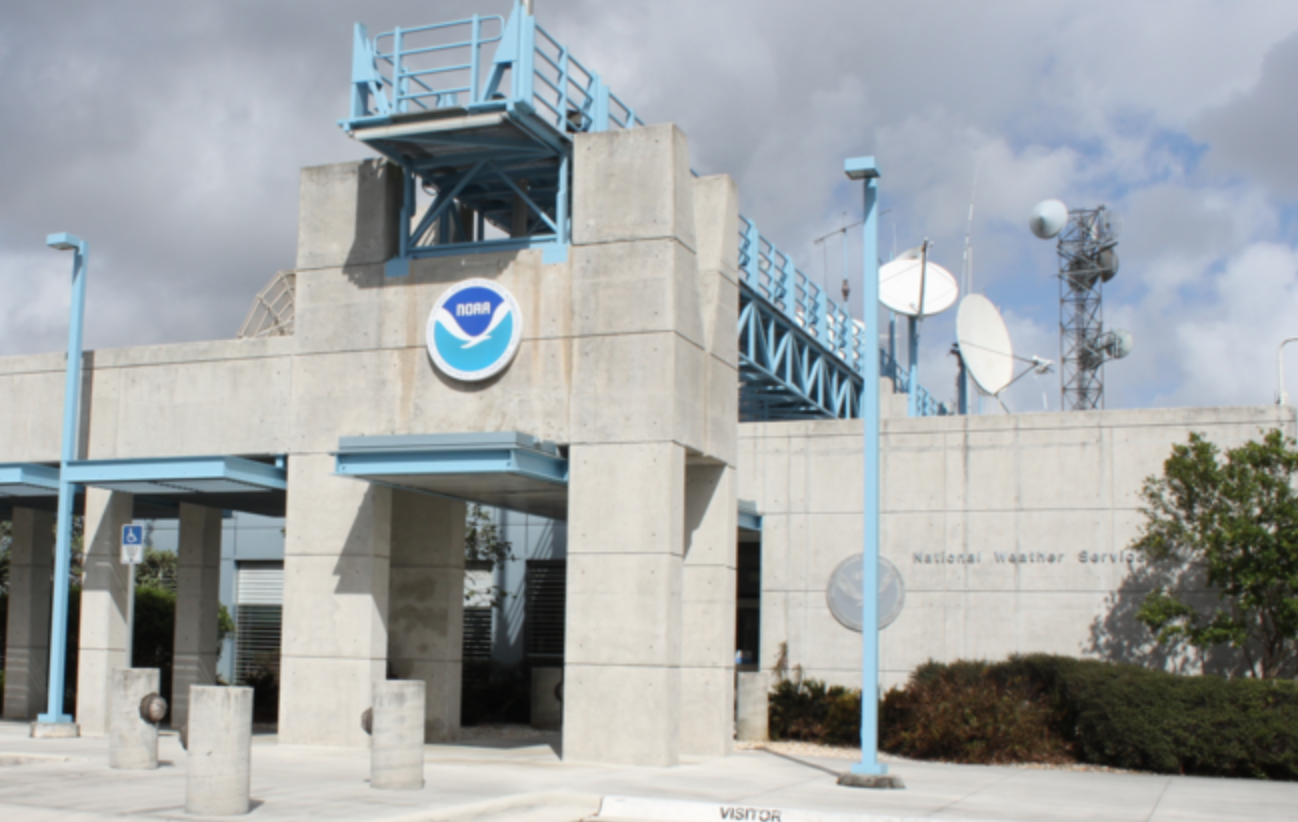Admiral Charles Richard
Commander, U.S. Strategic Command
Charles A. “Chas” Richard was born in 1959 or 1960 in Decatur, Alabama. He is a graduate of the University of Alabama and has earned master’s degrees from The Catholic University of America and Naval War College.
His operational assignments include command of USS Parche, as well as Submarine NR-1, then the U.S. Navy’s only nuclear-powered, deep-submergence submarine. He also served aboard USS Portsmouth, USS Asheville, and USS Scranton. As a flag officer, he commanded Submarine Group 10, was director of Undersea Warfare at the Pentagon, and deputy commander of Joint Functional Component Command for Global Strike at the U.S. Strategic Command.
He served as executive assistant and naval aide to the Under Secretary of the Navy; chief of staff, Submarine Force Atlantic; and command of Submarine Squadron 17 in Bangor, Washington. He was director of resources for the Under Secretary of Defense for Policy; squadron engineer of Submarine Squadron 8, and was a member of Chief of Naval Operations Strategic Studies Group.
In October 2019, Richard became the commanding officer of United States Strategic Command, after appearing before the Senate Armed Services Committee and receiving a confirmation vote of the full Senate.
In the News…
Admiral Charles Richard, the head of U.S. Strategic Command, said that any cuts to modernization efforts would force a reconsideration of America’s nuclear strategy just as adversaries China and Russia are advancing differing nuclear threats to America.
“Let me be very clear: You cannot life-extend Minuteman III,” he said, describing the 50-year-old intercontinental ballistic missiles that form the land-based leg of America’s nuclear triad.
In recent months, progressives in Congress have questioned the need for expensive upgrades and the land-based component altogether. But Admiral Richard said such a delay would jeopardize America’s nuclear deterrent.
“That thing is so old,” he said during a recent visit to Hill Air Force Base in Utah where he viewed the inner workings of the aged system.









